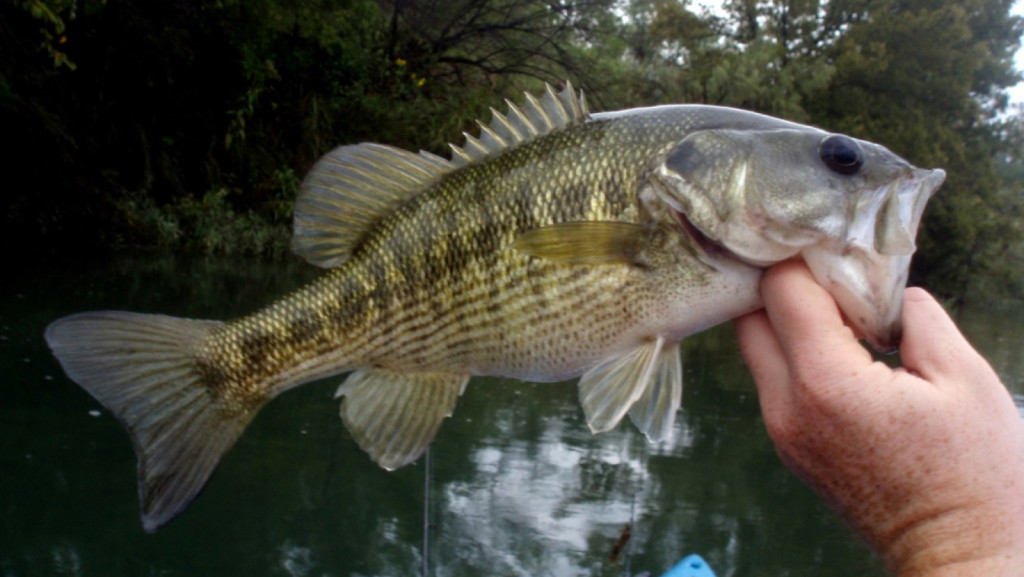Guadalupe bass are endemic to the Texas Hill Country, where they have historically thrived in a number of rivers. That is, until the smallmouth bass arrived. Like too many invasive fish stories, the introduction of smallmouth bass was no accident. In the 1970s and 1980s, the Texas Parks and Wildlife Department stocked smallmouths, a popular sport fish. The smallmouths outcompeted and hybridized Guadalupe bass. In some rivers, Guadalupe bass essentially disappeared. Researchers searching for the native fish in the Blanco River in the ‘90s couldn’t find a single pure specimen.
But thanks to an extensive recovery effort led by the Texas Parks and Wildlife Development and a few natural disasters that ironically benefitted Guadalupe bass, populations of these iconic fish are on the rise.
Link (via Cool Green Science)







Ai yai yai, we are talking about conservation here and this guy is holding the bass that way. We learned how to #keepemwet now let’s learn how to #holditright. Straight vertical or two hands horizontal. No point in risking damaging the fish’s jaw.